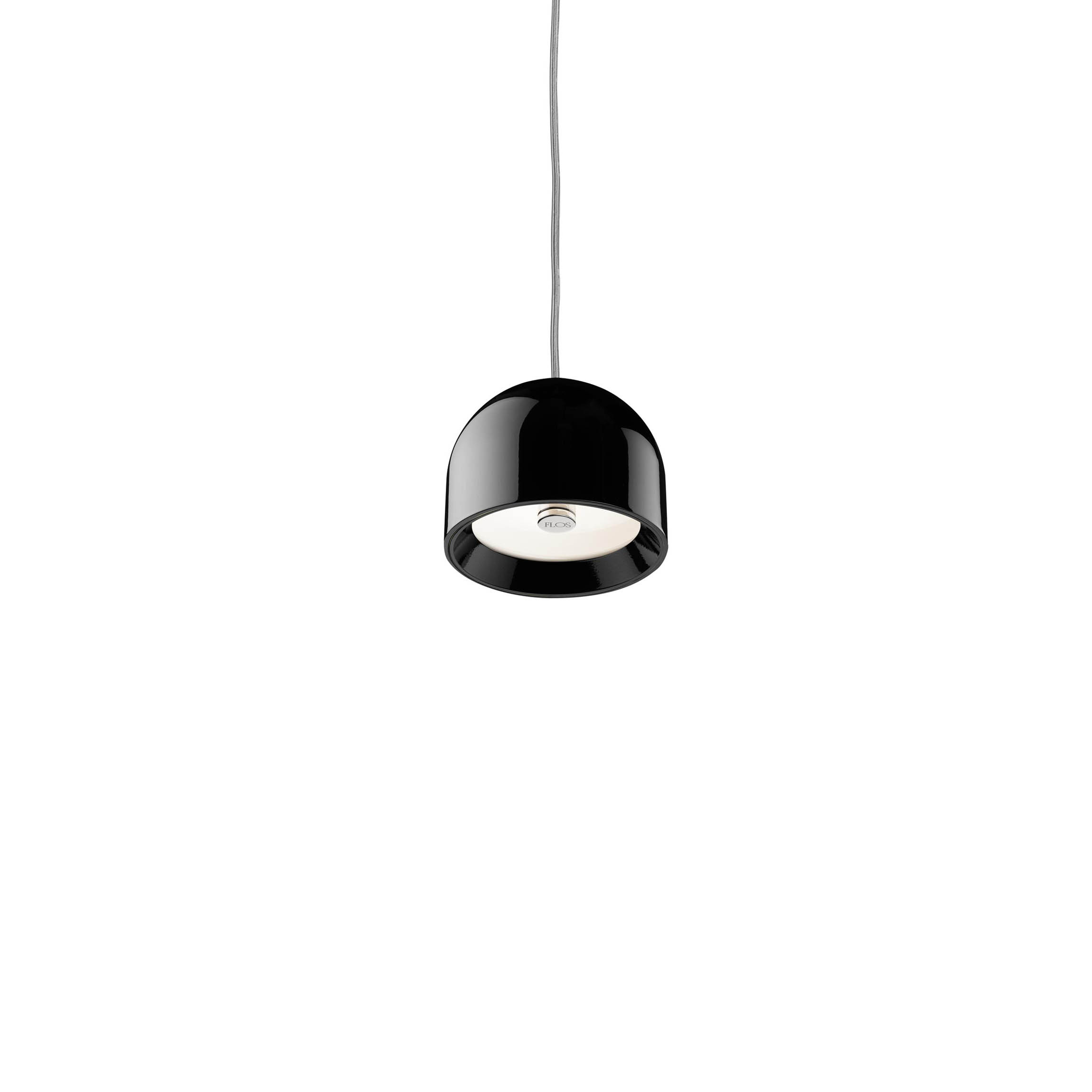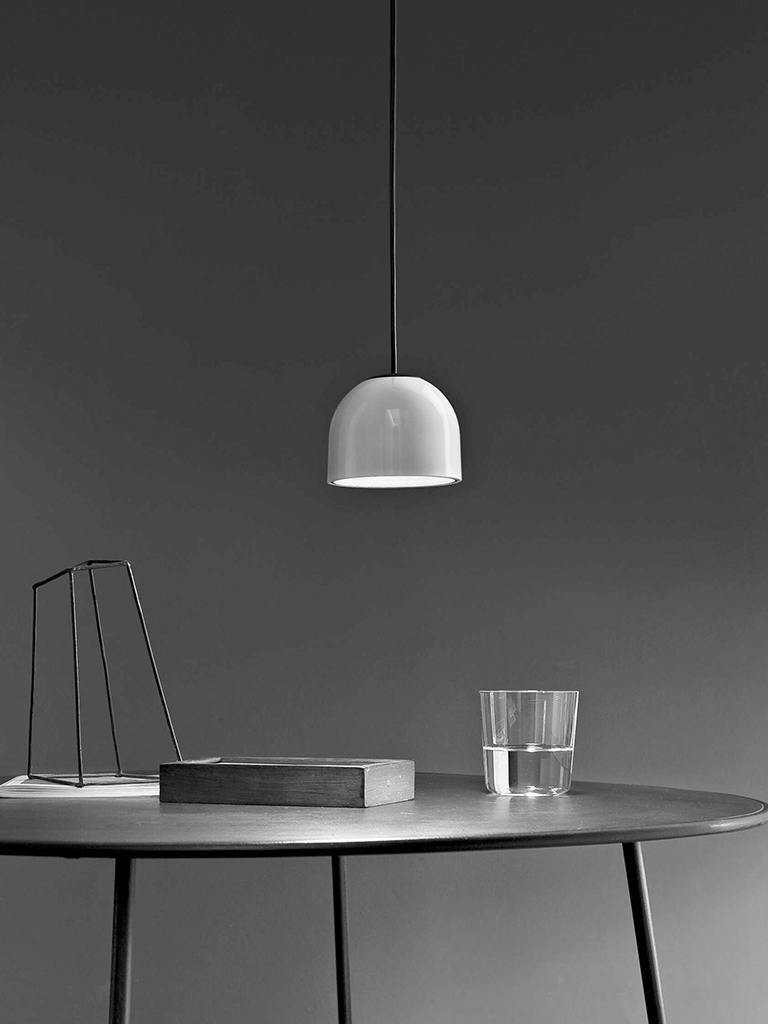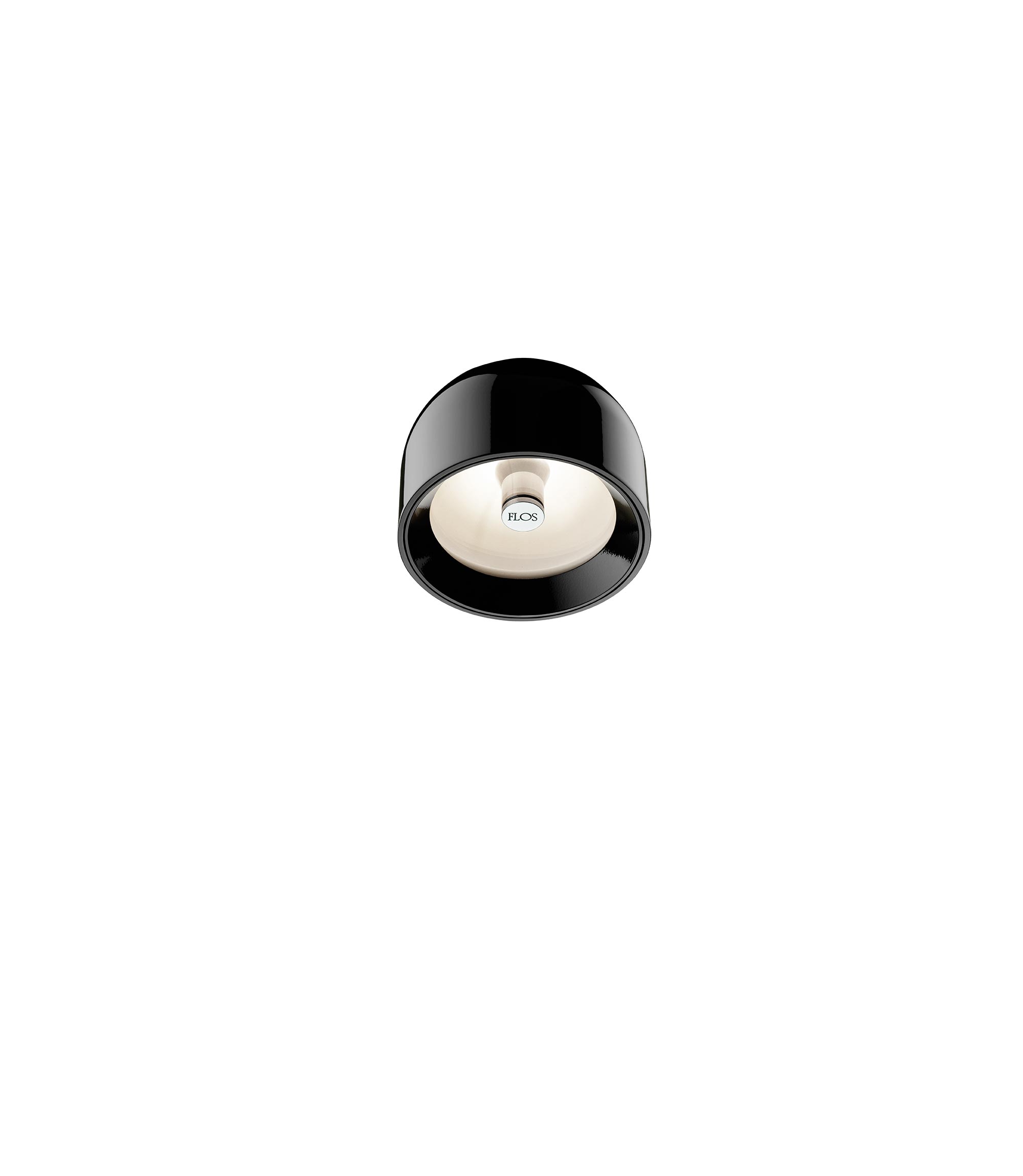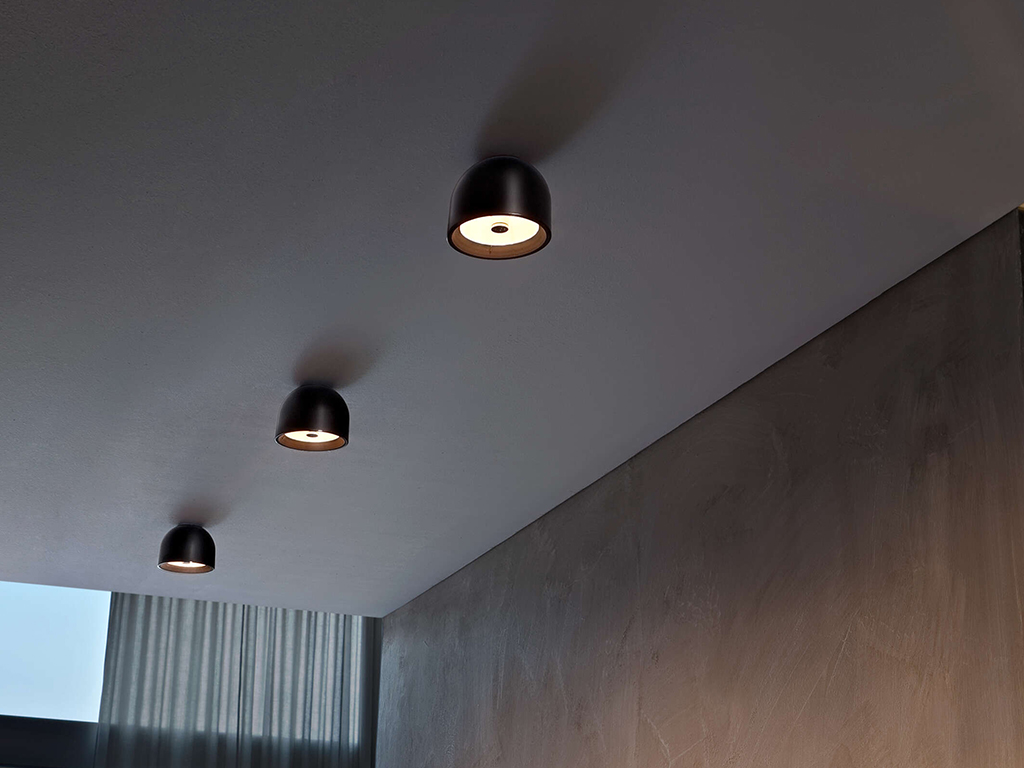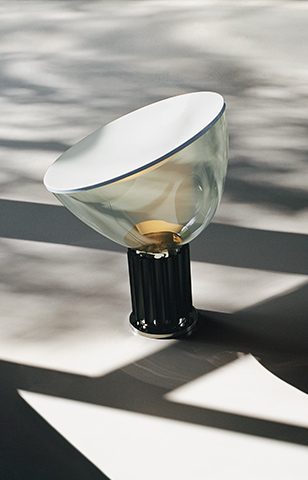Johanna Grawunder

When did you realise you wanted to be a designer?
I knew I wanted to be an architect when I was 8 years old. The designer part came much later, when I realized I could realize ideas faster, experiment and “find my voice” on a more manageable scale and with more iterative intention particularly with light. Also, to paraphrase Oscar Wilde, It is faster, cheaper, and you meet a better class of people.
What is artificial light for you?
Man-made light is the soul of 20th/21st century living. Without it, we would all go to sleep much earlier. It is also an opportunity to create phenomena and human experience that has never existed before. Important caveat: try to use artificial light for good and not evil.
Why do you like working with Flos?
Flos is always pushing the boundaries of what can be considered “light” by experimenting with new materials and technologies and defining its product line as much through innovative sculptural qualities as technological advances.
What is the next object you’d like to design?
A new Chandelier for Flos. I keep trying


Is there a great designer, artist or musician you regard as a point of reference for your work?
There are many: Corbusier, Sottsass (of course), Rothko, Judd, Neutra, Stingel, Turrell, Prince, Barragan, Miles: and recently, for some reason, Bobby Hutcherson (got to love the vibraphone!) At a certain point what you pay attention to becomes a background collage that informs everything you do, one way or another.
What is the difference for you between designing for industrial production and for small editions or even one-off pieces?
Industrial production design must follow certain criteria that make it mass produceable and also create enough desire that a lot of people want to have/be able to have the thing. Unique pieces or limited edition pieces can be much more idiosyncratic and conceptually complicated because they serve a narrower target usually, whether that is a client or just the need by the designer. Sometimes these pieces may even end up in storage for most of their existence, but they come into being on their own terms. There is some extra freedom and maybe also a bit of animistic presence in that.
What do you miss most about living in Milan?
I miss the daily routine of Milan, the persistent presence of design, art, fashion and ideas in the air. There is a mist of enthusiasm in Milan that compels people to DO STUFF. Always proposing, always seeking, always working and thinking. I go back often and take very deep breaths.











